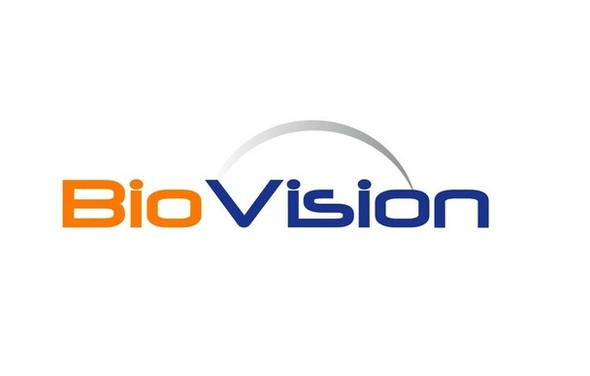Biovision
Human CellExp™ Latent TGF-beta 1 / TGFB1, human recombinant
- SKU:
- 26-P1088
- Availability:
- Usually Shipped in 5 Working Days
- Size:
- 10 μg
- Storage Temperature:
- -20°C
- Shipping Conditions:
- Gel pack
- Shelf Life:
- 12 months
Description
Biomolecule/Target: TGFB1
Synonyms: TGFB1, CED, DPD1, LAP, TGFβ1, TGF-beta
Alternates names: TGFB1, CED, DPD1, LAP, TGFβ1, TGF-beta
Taglines: Multifunctional protein that controls proliferation, cellular differentiation, & other functions in most cells
Taglines: USA
Country of Animal Origin: USA
NCBI Gene ID #.: 7040
NCBI Gene Symbol: TGFB1
Gene Source: Human
Accession #: P01137
Recombinant: Yes
Source: HEK 293 cells
Purity by SDS-PAGE #: ≥95%
Assay: SDS-PAGE
Purity: N/A
Assay #2: N/A
Endotoxin Level: < 1 EU/μg
Activity (Specifications/test method): N/A
Biological activity: N/A
Results: N/A
Binding Capacity: N/A
Unit Definition: N/A
Molecular Weight: 42.1 kDa
Concentration: N/A
Appearance: Lyophilized
Physical form description: Lyophilized from 0.22 μm filtered solution in PBS, pH7.4. Generally 5-8% Mannitol or trehalose is added as a protectant before lyophilization.
Reconstitution Instructions: Reconstitute in sterile deionized water to a concentration of 50 μg/ml.
Background Information: Transforming growth factor beta 1 ( TGFB1) is also known as TGF-β1, CED, DPD1, TGFB. is a polypeptide member of the transforming growth factor beta superfamily of cytokines. It is a secreted protein that performs many cellular functions, including the control of cell growth, cell proliferation, cell differentiation and apoptosis. The TGFB1 protein helps control the growth and division (proliferation) of cells, the process by which cells mature to carry out specific functions (differentiation), cell movement (motility), and the self-destruction of cells (apoptosis). The TGFB1 protein is found throughout the body and plays a role in development before birth, the formation of blood vessels, the regulation of muscle tissue and body fat development, wound healing, and immune system function. TGFB1 is particularly abundant in tissues that make up the skeleton, where it helps regulate bone growth, and in the intricate lattice that forms in the spaces between cells (the extracellular matrix). Within cells, this protein is turned off (inactive) until it receives a chemical signal to become active. TGFB1 plays an important role in controlling the immune system, and shows different activities on different types of cell, or cells at different developmental stages. Most immune cells (or leukocytes) secrete TGFB1. TGFB1 has been shown to interact with TGF beta receptor 1, LTBP1, YWHAE, EIF3I and Decorin.
Amino acid sequence: N/A
Handling: Centrifuge the vial prior to opening.
Usage: For Research Use Only! Not to be used in humans






